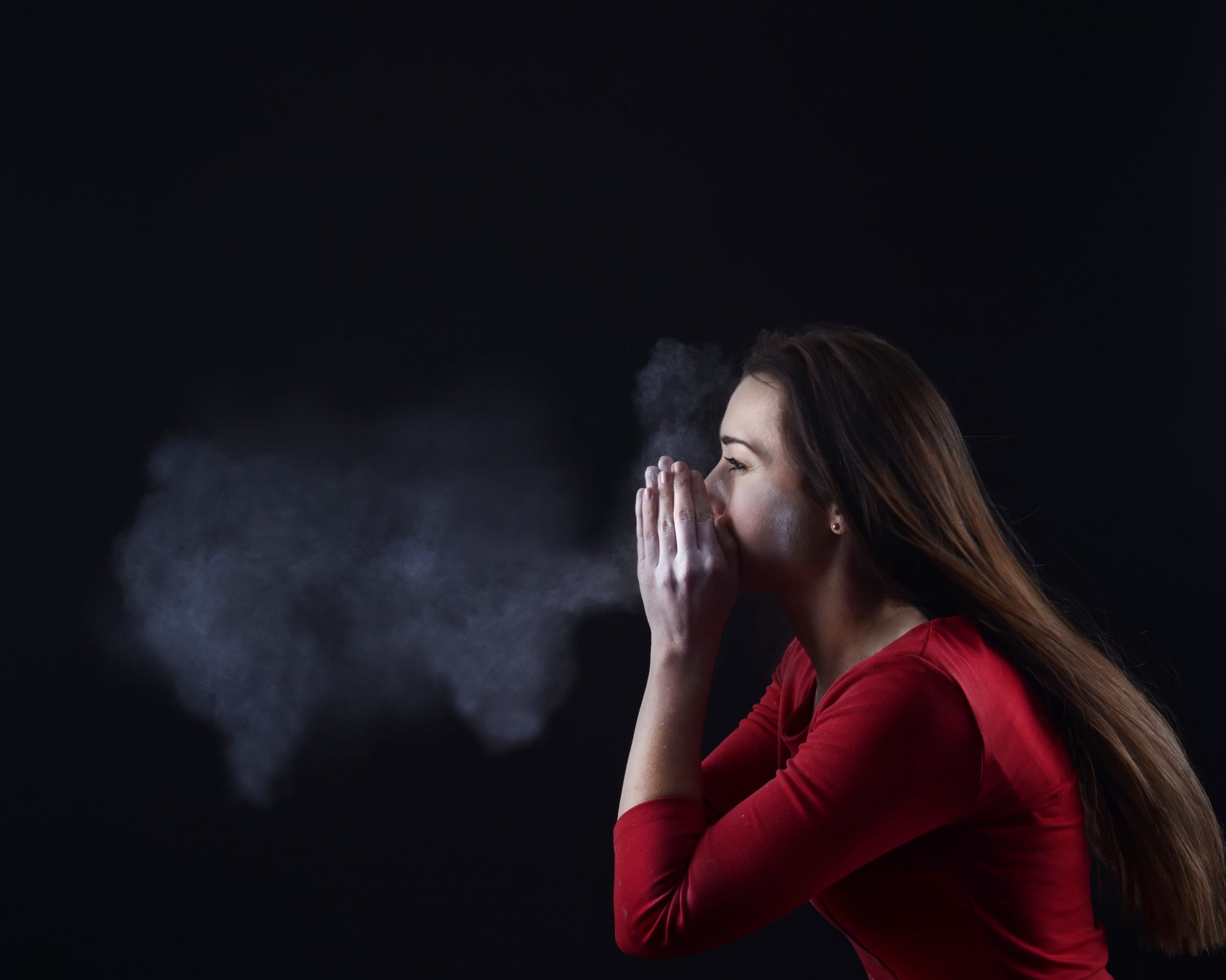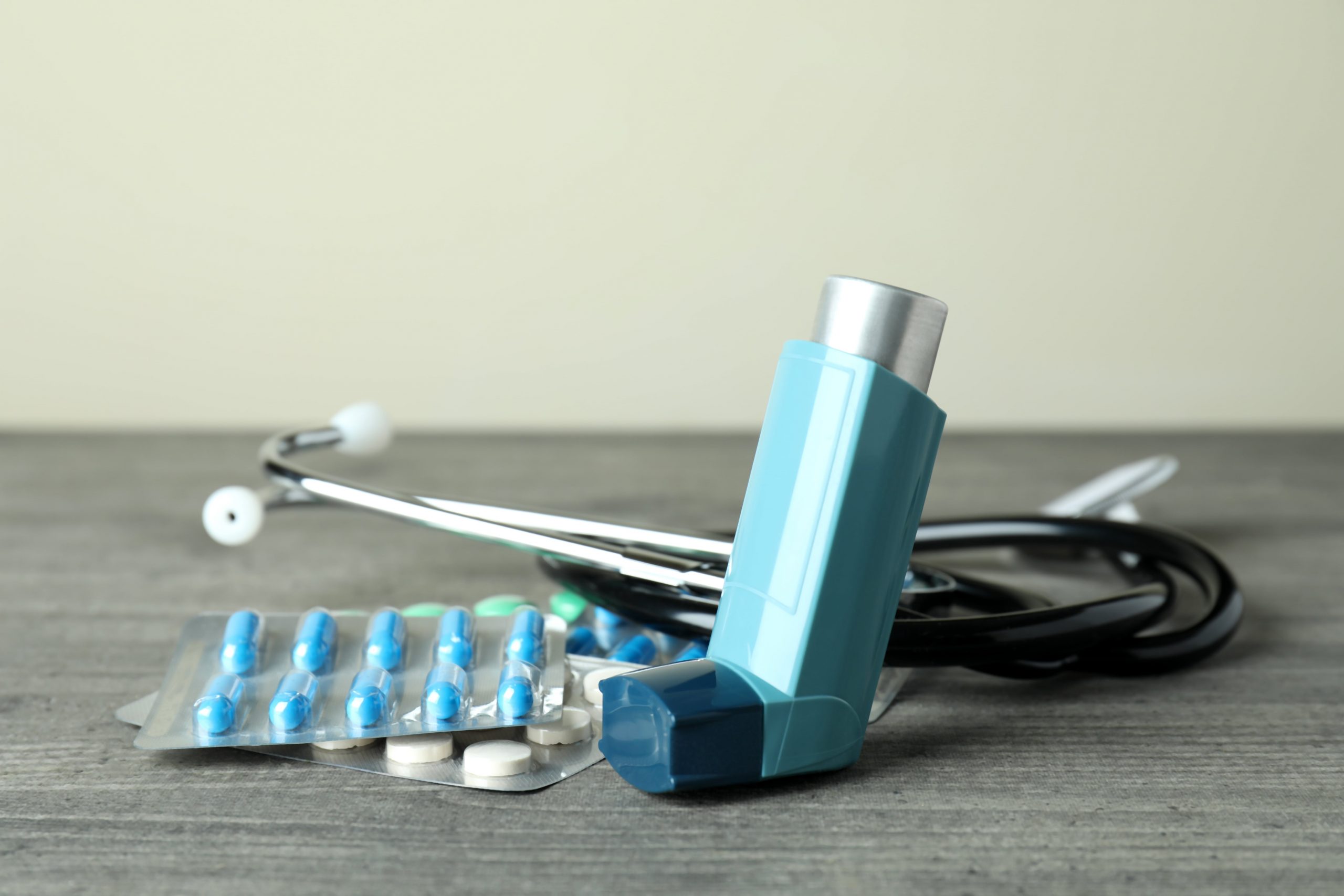If you suffer from a dust allergy, there are several steps that can help. The first is keeping your home as clean as possible – this includes vacuuming carpets and changing HVAC filters regularly. Another option is using a HEPA filter.
Allergies are caused when your immune system responds to an unfamiliar substance, causing inflammation and symptoms such as sneezing, runny nose and watery eyes. If left untreated, these allergies may develop into chronic issues like asthma or other health complications.
Dust allergies are often caused by mold, cockroaches and pet dander (dead skin cells). If your symptoms are severe or persist for an extended period of time, you could be dealing with a more serious ailment known as asthma.
Your doctor can detect whether you have an allergy to dust by testing your blood. If the reaction is severe, they may administer an allergy skin test which involves pricking a small area of skin with extracts from house dust mites.
Treatment for Dust Allergies
Your allergist can prescribe an allergy pill, nasal spray or steroid cream to treat your dust allergy. These medications work by blocking histamine release from your immune system and decreasing inflammation. Some even help shrink inflamed tissues so you have less difficulty breathing.
Allergy shots or immunotherapy are an effective treatment for dust allergies. These shots or treatments can be given weekly in an allergist’s office over 6-12 months and reduce sensitivity to the dust mites that cause your symptoms.
Other treatments for dust allergy involve antihistamines, decongestants and corticosteroid nasal sprays. These medicines help relieve sneezing, itching and watery eyes caused by allergies; these drugs can be purchased over-the-counter or with a valid prescription.
Avoid dust mite infestation in your home by regularly cleaning up, replacing furniture and pillows, using tightly woven allergy-proof bedding covers, washing clothing in hot water. Alternatively, purchase an air purifier with a HEPA filter which will effectively filter out dust particles as well as other particles from the air.
The most effective way to manage your dust allergy is reducing exposure. If you have a mild case, cleaning more frequently, vacuuming with an HEPA filter and changing HVAC filters regularly can help minimize exposure.
If your allergy is more severe, medication may be needed to alleviate symptoms. These drugs can be taken orally or injected into the skin if necessary. The most popular types of drugs used for dust allergy are antihistamines and decongestants.
Consuming local honey can also aid with your dust allergy symptoms. Honey contains anti-inflammatory properties which may reduce sneezing, itching, coughing and difficulty breathing.
Other natural ways to combat dust allergy symptoms include taking a hot bath, using steam therapy and taking vitamin C supplements. The hot water helps clear away sinuses while the steam soothes and cleans your nasal passageway.



